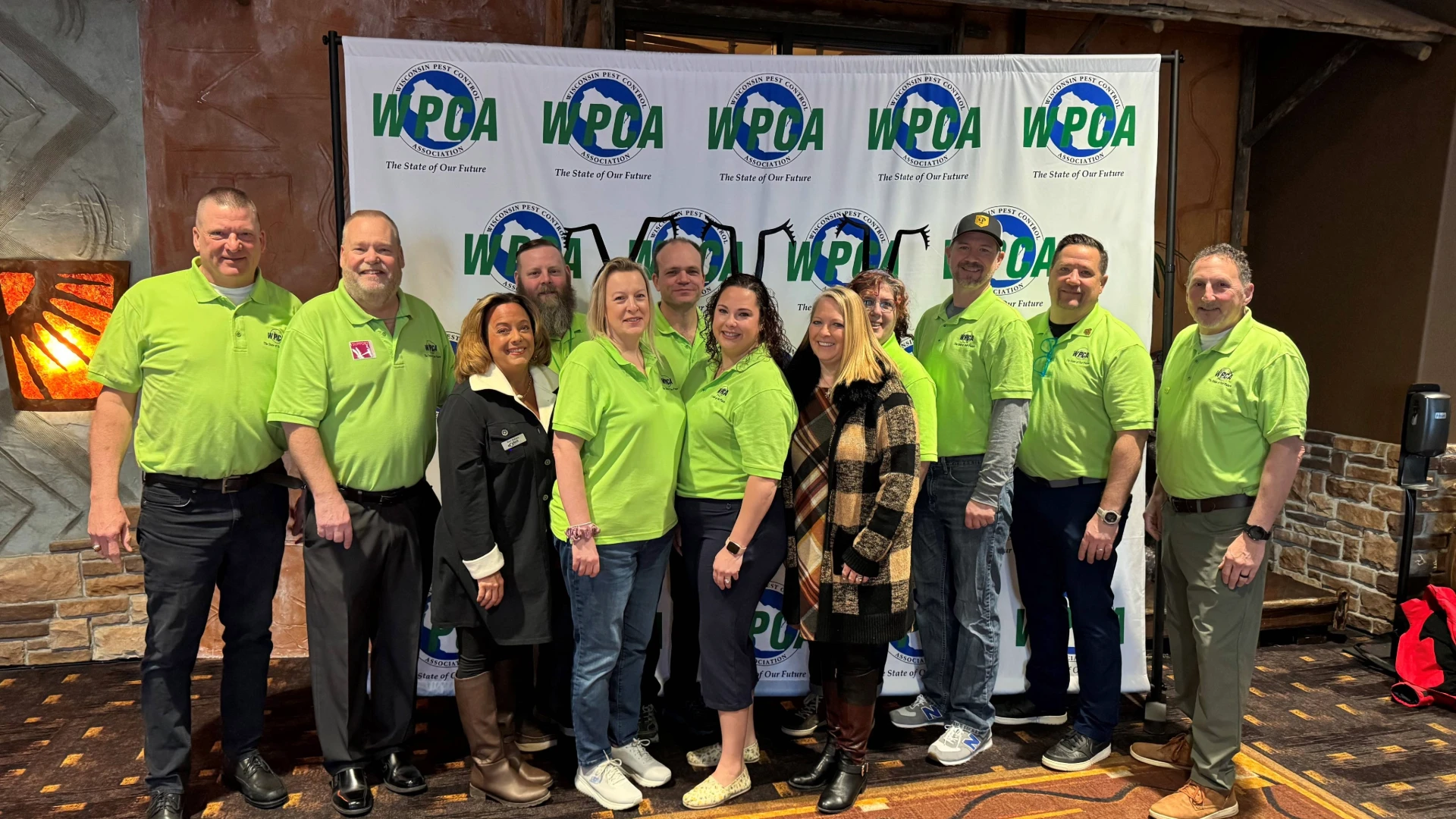Every ant species presents its own set of unique challenges to pest management professionals (PMPs). However, some can be more troubling than others. Factors such as the size of the colony, the number of nests and the characteristics of the species can make eliminating an ant infestation a long and extensive process.
For Wesley Parker, owner of Washington-based Parker Eco Pest Control, odorous house ants are some of the most difficult to control. These ants, which particularly affect Mississippi, Arkansas, Tennessee, California and the Pacific Northwest, can have several queens and multiple nests, Parker said, making them tough to eradicate.
Odorous house ants tend to build their nests in soil or stacked materials, such as firewood or lumber. Indoors, this species gravitates toward moist areas, including near pipes and heaters, beneath toilets and wood damaged by termites, according to the ninth edition of the Mallis Handbook of Pest Control. Characterized by the pungent smell they produce when they are crushed, odorous house ants create problems due to their foraging habits. These pests will eat virtually any household food, especially if it is sweet or sugary.
Physical control is an important part of eliminating this species. Cracks, gaps and crevices serve as entryways for odorous house ants, and they need to be sealed to prevent future infestations. In addition, debris should be removed from near the home. These ants will sometimes use tree branches or other objects to reach a property. Parker said when it comes to more difficult jobs, doing multiple follow up visits can be crucial for eliminating the ants completely.
Another tough ant species is the carpenter ant, which is among the largest species in the United States. These ants thrive in moist environments, commonly nesting in rotted trees, cavities, wood and foam insulation.
Removing carpenter ants requires an integrated approach that includes moisture elimination, the removal of overhanging tree branches and objects from near the home and modifications to the property to prevent future infestations, according to Mallis. PMPs should inspect areas where water leaks occur, such as roofs, bathrooms and kitchens. Also, “the key with that [carpenter ant control] is to continue to inspect until you find the nest,” said Jeff Ford, sales manager at Peachtree Pest Control in Brunswick, Ga.
One way to locate the nest is to look for signs of its presence. Carpenter ants push wood shavings out of their nests through openings in the surface of the wood they have infested, Ford said. These shavings indicate that a nest may be nearby. Once a technician finds the nest, they can use various control techniques to eliminate it. Some possible treatments include applying baits, using residual sprays and drilling holes into the infested wood and filling them with a liquid formulation.
Technicians can also apply a bait around the outside of the infested structure. According to Rockwell Labs, this will provide the ants with an additional food source and help prevent ants from entering the structure. Rockwell Labs recommends using a non-repellent spray and then applying a product, such as its InVict Xpress Granular Bait. This strategy increases the number of foraging ants that encounter the products and introduces both the bait and the spray into the colony, Rockwell Labs reports.
Latest from Pest Control Technology
- David Cooksey PestVet of the Year, Policy Person of the Year Recognized
- Pink Pest Solutions Opens New Kansas City Office
- GA Dept. of Ag Experts Urge Reporting of Yellow-legged Hornet Embryo Nests
- Lloyd Pest Control Treats 'Kitchen Nightmare' Cockroach Infestation
- Beach Pest Service Opens New Office in Hampstead, N.C.
- NYC PCO Growing Business with Focus on Corporate Clients
- Massey Services Promotes Silver, Crespo to Director Roles
- Recurring Services Model, Wildlife Offerings Lead to Impressive Growth for Tailor Made





